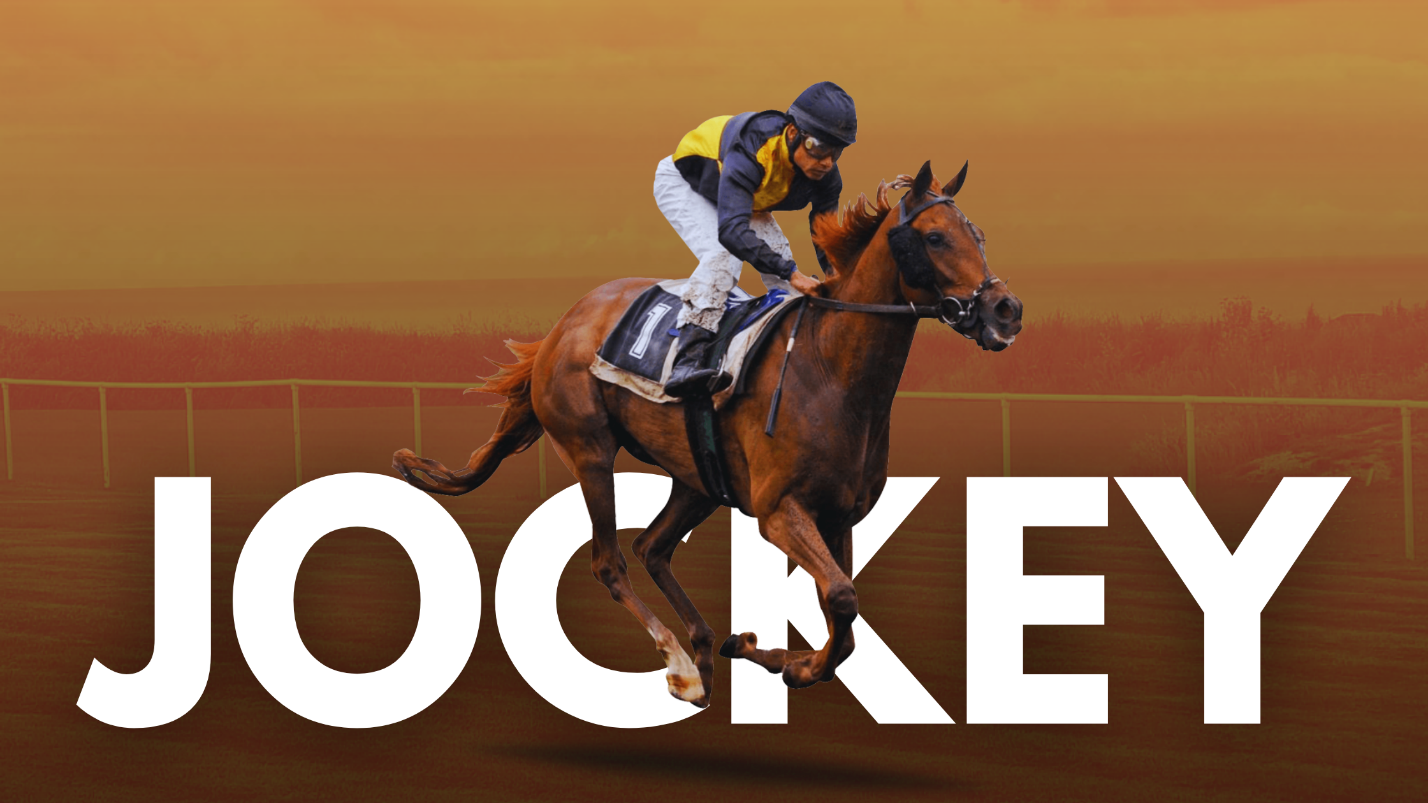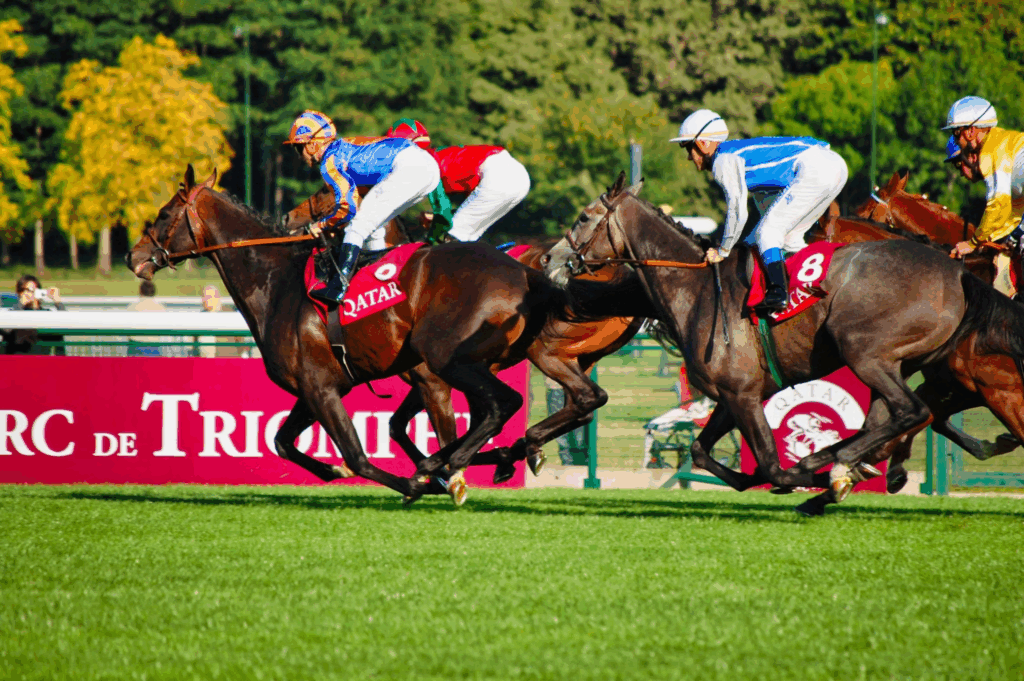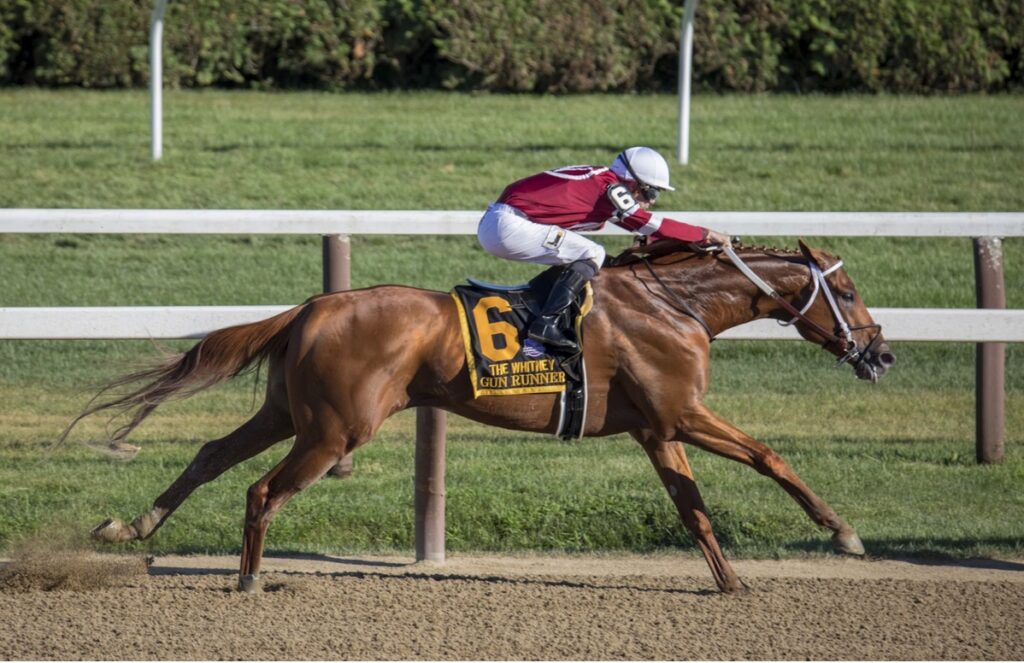Horse racing is a sport steeped in tradition, excitement, and skill. While the magnificent horses often take center stage, the importance of jockeys in this high-stakes world cannot be overstated. These diminutive athletes play a pivotal role in the success of both horse and race, combining physical prowess, tactical acumen, and a deep understanding of equine behavior. In this article, we’ll explore the multifaceted role of jockeys and why they are indispensable to the sport of kings.

The Jockey: A Brief Introduction
Jockeys are professional horseback riders who compete in horse races. They are typically small in stature, with most weighing between 108 and 118 pounds, to minimize the weight carried by the horse. Despite their size, jockeys are incredibly strong and possess exceptional balance, coordination, and reflexes.
Physical Demands and Athletic Prowess
Strength and Endurance
The physical demands placed on jockeys are immense. During a race, they must maintain a crouched position known as “the seat,” which requires tremendous core strength and leg power. This position allows them to minimize wind resistance and communicate effectively with the horse through subtle shifts in weight and pressure.
Balance and Coordination
Jockeys must maintain perfect balance while traveling at speeds of up to 40 miles per hour on a 1,000-pound animal. Any loss of balance could result in a fall, potentially causing injury to both jockey and horse, as well as other competitors.
Reflexes and Decision-Making
Split-second decisions can make the difference between victory and defeat. Jockeys must constantly assess the race situation, adjusting their strategy based on the performance of their mount and the positions of other horses.
Tactical Acumen: The Chess Game on Horseback
Race Strategy
A successful jockey must be a master tactician. They need to understand the strengths and weaknesses of their mount, as well as those of their competitors. Factors such as track conditions, race distance, and the horse’s running style all play into the jockey’s strategic decisions.
Pace Management
One of the most critical skills a jockey possesses is the ability to manage a horse’s pace throughout the race. They must judge when to conserve energy and when to make a move, ensuring their mount has enough stamina for a strong finish.
Positioning
Jockeys must navigate through the field, finding the optimal position for their horse. This might involve hugging the rail to save ground or moving to the outside to avoid traffic. The ability to anticipate openings and seize opportunities is crucial.
The Horse-Jockey Partnership
Communication and Trust
The relationship between horse and jockey is at the heart of racing success. Jockeys must develop a deep understanding of their mount’s temperament, preferences, and capabilities. This bond allows for seamless communication during the race through subtle cues and body language.
Pre-Race Preparation
A jockey’s role begins long before the starting gates open. They often work closely with trainers during morning workouts, providing valuable feedback on the horse’s condition and helping to fine-tune race strategy.
Motivation and Encouragement
During a race, jockeys play a crucial role in motivating and encouraging their mounts. Through voice commands, strategic use of the crop, and body positioning, they can help a horse find that extra gear needed for victory.
The Mental Game: Psychology of a Jockey
Pressure and Stress Management
The world of horse racing is high-pressure, with significant financial stakes and the ever-present risk of injury. Successful jockeys must be able to manage stress and maintain focus under intense scrutiny.
Confidence and Decision-Making
Self-confidence is essential for a jockey. They must trust their instincts and make split-second decisions without hesitation. This confidence often translates to the horse, creating a positive feedback loop that can lead to improved performance.
Adaptability
No two races are identical, and unexpected situations frequently arise. The ability to adapt quickly to changing circumstances is a hallmark of top jockeys.
Beyond the Track: The Jockey’s Broader Impact
Public Relations and Media
As the human face of horse racing, jockeys often play a significant role in the sport’s public relations. They give interviews, attend events, and help promote racing to a broader audience.
Safety Advocacy
Many jockeys are actively involved in advocating for improved safety measures in horse racing. Their unique perspective and experience make them valuable contributors to discussions on track design, equipment standards, and race regulations.
Mentorship and Training
Experienced jockeys often serve as mentors to up-and-coming riders, passing on their knowledge and helping to maintain high standards within the profession.
The Challenges Facing Modern Jockeys
Weight Management
Maintaining the low weight required for racing can be a significant challenge for jockeys. Many must follow strict diets and exercise regimens to stay within the required weight range.
Injury Risk
The risk of injury is ever-present in horse racing. Falls, collisions, and other accidents can result in serious injuries, making proper safety equipment and protocols crucial.
Career Longevity
The physical demands of racing can take a toll on a jockey’s body over time. Many riders face challenges in extending their careers as they age, necessitating careful management of their health and workload.
Conclusion: The Indispensable Jockey
In the world of horse racing, jockeys are far more than just passengers on a powerful animal. They are skilled athletes, tacticians, and partners to their equine counterparts. Their physical abilities, mental acuity, and deep understanding of horses are essential elements in the pursuit of victory.
The importance of jockeys in horse racing cannot be overstated. It could be similar in the situation of player’s skill to card game such as Tongits go. No matter how outstanding the set of cards given to someone if the player has no necessary skills to manage it in Tongits, they will still lose. The Jockey bring the human element to a sport centered around magnificent animals, adding layers of strategy, skill, and drama to every race. From the starting gate to the finish line, jockeys play a crucial role in shaping the outcome of each contest and the broader narrative of the sport.
As horse racing continues to evolve, the role of the jockey remains central to its appeal and success. These remarkable athletes embody the spirit of competition, the bond between human and horse, and the timeless allure of the race. In many ways, they are the unsung heroes of the turf, deserving of recognition for their invaluable contribution to the sport of kings.

 The Irish Grand National stands as a cornerstone of the racing calendar, not just in Ireland but across the world of National Hunt racing. First held in 1870, this intense steeplechase has become a defining test for horses and riders alike, played out over three miles and five furlongs at Fairyhouse Racecourse each Easter Monday.
The Irish Grand National stands as a cornerstone of the racing calendar, not just in Ireland but across the world of National Hunt racing. First held in 1870, this intense steeplechase has become a defining test for horses and riders alike, played out over three miles and five furlongs at Fairyhouse Racecourse each Easter Monday. Many people see horse racing primarily as a thrilling sport filled with speed and intense competition between riders and their horses. However, an often overlooked aspect of horse racing is the exceptional physical and mental condition required of jockeys to succeed. Jockeys achieve peak condition through rigorous training, strict diets, and unwavering mental focus.
Many people see horse racing primarily as a thrilling sport filled with speed and intense competition between riders and their horses. However, an often overlooked aspect of horse racing is the exceptional physical and mental condition required of jockeys to succeed. Jockeys achieve peak condition through rigorous training, strict diets, and unwavering mental focus.